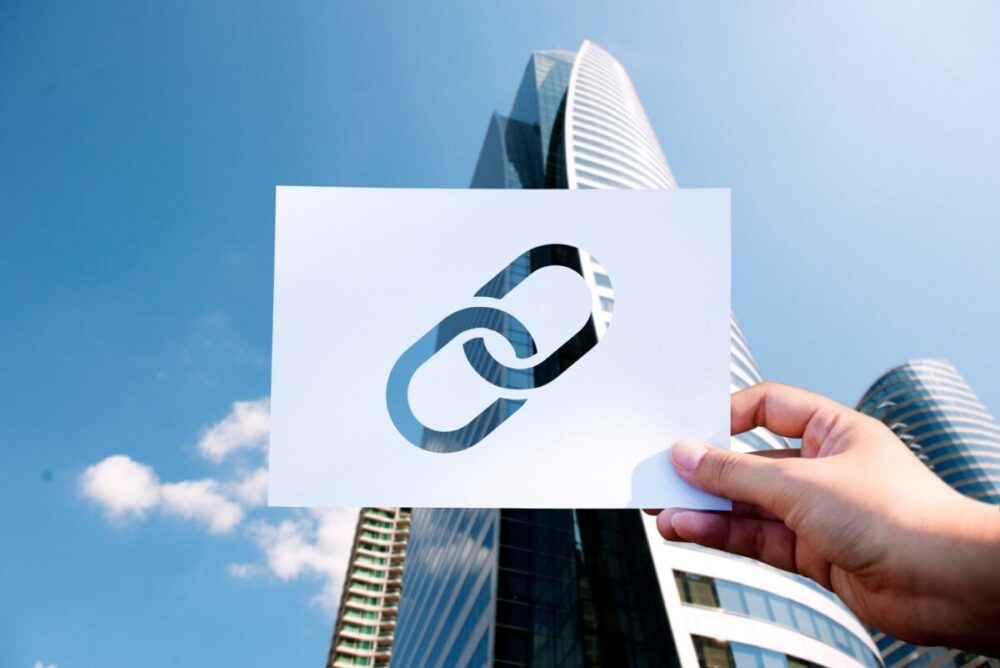
If you’re an e-commerce business owner, you know the importance of SEO. It’s more than just getting your site to rank on Google. It’s also about ensuring customers find your store when searching for specific products or services.
But how do you optimize your e-commerce website to attract more traffic? Many factors go into determining how well an online store performs and whether or not it gets noticed by potential buyers.
E-commerce SEO is a complex process that requires a lot of work. However, you can boost your e-commerce sales with the right strategies, knowledge, and experts ecommerce seo. The following tips will help you get started.
1. Focus on Keyword Research and Optimization
Keyword research is the process of finding out which keywords are most relevant to your business. You can use Google AdWords or other keyword tools to find these terms, but you should also research.
Asking people what they search for helps you get a clearer picture of the market and what they want from you. One of your competitors may better understand their customer’s needs than you do, or there may be some other aspects of their site that work better than yours for specific users.
2. Include images

Images are a great way to improve user experience, increase conversion rates and boost customer engagement.
Images can also help your website rank higher in search engine results pages (SERPs). When you include an image on your page, it becomes easier for Googlebot to understand what the page is about. Here are some other reasons why photos are so important:
They support text content by showing off products or services better than words alone could do. This helps customers who might need help to read everything on the page at once get a quick overview of what they’re looking at before deciding whether or not they want more information about that product/service.
3. Optimize Your Meta Tags
Meta tags are the information that appears in the header of your website. Search engines use them like Google and Bing to understand what you’re trying to do and then represent it in their rankings, so they know how important it is for them to show up on SERP results pages or not.
Meta tags should be descriptive, not keyword stuffed, so I recommend using no more than four or five meta keywords. Their purpose is to give search engines a better idea of what kind of content you have available on your site, which will help them determine where best to place it in their databases.
4. Write Unique Product Descriptions

By writing unique product descriptions, you can help your customers find the products they are looking for.
Use keywords in your product descriptions. Use as many relevant keywords as possible to increase the chances of getting higher rankings for these terms.
Write short sentences with a variety of headings and subheadings. Try not to use only a few words at a time when writing up your description; instead, break it down into smaller chunks so people can understand what you’re trying to say without having any trouble understanding what’s going on in the text itself.
Use bullet points and lists if possible. Bullet points will do reading through them more accessible than reading through paragraphs alone would do if there were no breaks between each section/paragraph themselves! This also helps keep things organized while ensuring everything gets said enough without being too wordy.
5. Use Alt Tags to Improve E-Commerce Image Searches
Alt tags are used to describe images. They’re also crucial for SEO, as they allow search engines to understand better what the image is about and rank it accordingly.
Alt tags are often ignored by users who don’t care about SEO, but there are many benefits for business owners.
- Alt tags help screen readers read your content more easily.
- They let users know what’s going on in your site’s images.
- Users can see your customer reviews without clicking back home page.
6. Develop an Internal Link Strategy

Internal links are an essential part of SEO. They help search engines determine what your site is about and how to rank it. They also help users find the information they need more quickly, which can lead to more conversions.
Internal links are one of the most critical factors when optimizing your eCommerce site. They allow you to build a more comprehensive and helpful website, leading to better rankings in search engines.
Here are some best practices for developing an internal link strategy. Ensure all pages on your site have at least two internal links pointing back to them. This is called a “self-referential” link. You can do this by using HTML tags.
Remember the importance of anchor text! Anchor texts should be relevant enough so that users understand what they’re clicking on when they click through from another page on your site. This helps ensure that people search for things like products instead of just random terms like buy.
With a bit of time and effort, you’ll see results.
You can make steady progress if you are willing to put in the time. You can be something other than a unicorn. There are no shortcuts or overnight successes in e-commerce SEO, but there are ways to improve your ranking over time, so long as you’re consistent with your efforts and stay determined.
Consistency is vital in achieving success with e-commerce SEO: the more often you check your rankings, the better off your business will be!
If something needs to be fixed, keep going! It may take some trial and error before finding exactly what works best for each type of site or product category, but once they do? You’ll see results that will surprise even you!
Conclusion
We hope this article has given you some great ideas for optimizing your e-commerce site. Remember, it’s essential not to overfocus on one tactic simultaneously. With some practice and planning, even a small business owner can see some fantastic results from SEO!








